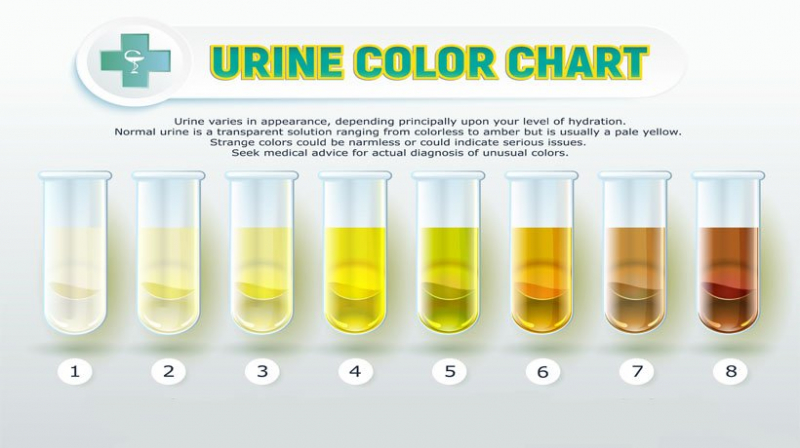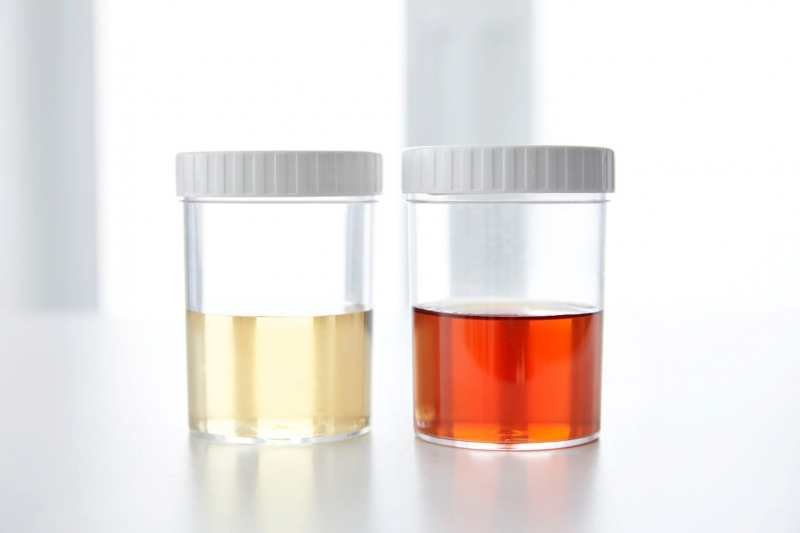Dark urine
Urine is made up of extra water and waste materials that the kidneys filter out of the blood. Depending on the water-to-waste product ratio, it can range from pale yellow to dark amber. Many factors can influence the color of urine. The majority of them are safe, but a change in hue might occasionally indicate a health issue.
The hepatitis C virus (HCV) can cause liver infection. Because it has minimal symptoms in the early stages, many people are unaware they have it until liver damage causes issues. HCV may produce dark urine because it changes how the liver processes waste. People who underwent a blood transfusion or organ transplant before July 1992, or a blood product used to treat clotting disorders before 1987, are at risk of contracting HCV. Sharing needles, having intercourse without a condom with someone who has HCV, and getting tattoos with soiled equipment are all risk factors. If symptoms do arise, they generally appear after 2 weeks to 6 months following viral contact.








